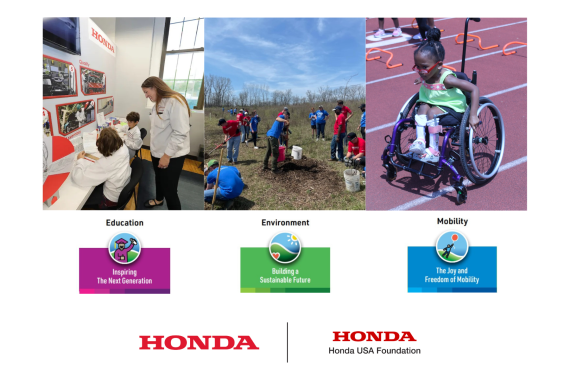Honda’s Parts Recycling Efforts Set New Benchmark in 2017
Honda’s long-standing commitment to the environment is evidenced not only in each of its products, but also in the way those products are created.
With a focus on the latest environmentally-friendly technologies, Honda’s wide range of products are designed and manufactured to have the least possible effect on the environment during production and also during the use of the product by the customer.
But the story doesn’t end when the product does.
Honda has introduced a number of “end-of-life” recycling and collection methods to breathe life back into auto parts, computer hardware and other recyclable materials, reaching new heights in many of these areas in 2017.
Overstock service parts and electronic waste (classified as anything with a plug or a battery) are cleared from Honda’s storage facilities each month, with the majority of those materials sent directly to recyclers. Last year, Honda set an all-time company record by diverting 43.9 million pounds of these recyclable materials from landfills.
Additionally, Honda increased its efforts in collecting specific auto parts for recycling. Honda set new high-water marks in the number of wheels, engine components and catalytic converters gathered for recycling. The parts collected can be smelted and used to create new ferrous metals, which is used in new products.
Last year, Honda collected 90,714 wheels, 7,099 engines and 766,113 catalytic converters through its recycling program, each setting new benchmarks for their respective programs.

